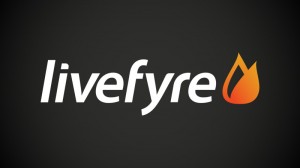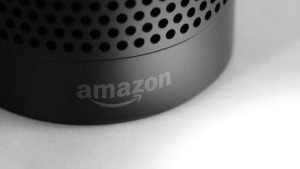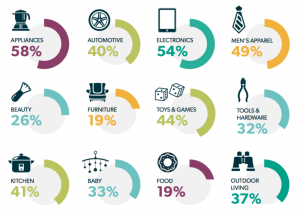Uncertainty is always dreadful. No matter how much we plan or try to overcome our obstacles, uncertainty can always bring us to our knees. The COVID crisis is one that uncertain event that no has ever anticipated. Today millions of people worldwide are working from home and trying their best to adapt to this new normal. Business overnight went to remote; employees adjusted their seats to adapt; leaders and HR managers are planning new strategies and game plans to boost their productivity and employee engagement. But is it that easy? The answer is a clear NO. Employees’ personal and professional lives are blurred, but the expectation from them to deliver is still the same. And rightfully so, the show must go on. We cannot afford the economy to get collapsed.
We must work in an environment that allows them to grow, helping us accomplish their goals and objectives. Among the many challenges, employee engagement needs more attention and an empathetic approach to dealing with the situation. Being empathetic is one of the essential leadership qualities a leader must have now while implementing tools and digital technologies to keep employees engaged.
Why is ‘Digital Employee Engagement Tools’ the future?
Employees worldwide are working remotely, and most are scattered in different home locations, far from their workplaces. Communication is not much compromised due to tools like Skype, Slack, or Zoom. But the effectiveness of employee communication and employee engagement is at stake. How do you engage your employees when they are now distributed to different locations? Also, remote work is here to stay.
According to a recent survey, 74% of companies plan to shift to remote work post-COVID-19 permanently. [Source- www.gartner.com]
Earlier it was convenient for any manager to appreciate and recognize the top performers and boost their engagement and morale. Also, they could understand the pulse of the employees by having in-person conversations with them. The sudden Covid crisis suddenly shifted the work culture worldwide and left no room for communicating with the workforce at deeper levels. It has brought some massive changes overnight in the way a workforce interacts and stays engaged. Also, uncertainty and ambiguity have taken a toll on employees’ health and wellbeing.
So, how do organizations stay afloat amidst all that is going around? The answer is digital. The only best alternative to keep employees engaged now and in the future is by leveraging the use of employee engagement tools.
That means to keep the employees engaged, and the organization must adapt to the digital employee engagement platforms. What has happened is that all these employee engagement technologies were earlier considered nice to have; now it is necessary to have these tools, says Partha Neog, the CEO of Vantage Circle.
How to Choose the Right Employee Engagement Tools?
Choosing the right employee engagement tool mainly depends on the employees’ needs, internal communication, and company culture. It’s a no size fits all process and mostly depends on the strategies and HR insights of an organization.
For example, if your workforce is scattered in different locations, it isn’t easy to keep everyone on the same page and give timely employee recognition. Or the lack of internal communication between the departments can create a lot of confusion and disengagement. In such a case, choosing an employee recognition platform that can solve these issues is vital.
Also, the critical thing to note here is consumer experience. Some 10-15 years back, the consumer experience was not given as much importance. HR tools were lanky and mostly used to get the primary job done. Today, you cannot do that. With technology and social media evolving, people have excellent consumer experience when it comes to digital platforms. Therefore, the consumer experience is an aspect crucial here. Tools that are consumer-friendly and are customizable according to the needs of the employees are vital.
A Note for the Leaders and Managers
The COVID pandemic has taught us many lessons. Most critically, how important it is to listen to our people and be empathetic. The future is still uncertain and will remain so. We do not know how future events will shape our work culture. All the strategies and practices that worked well in the past have suddenly become obsolete. Adapting with time and embracing technology is the best bet here.
Businesses can fight the COVID wave due to digital technologies and through engaged employees. It is all because of the little extra effort that an engaged employee tends to put. But it is not as easy and effortless as it sounds. Most of the workforce is still confused and disengaged. The goal is to build a workforce where everyone is satisfied, engaged, and eager to contribute. That is only possible by understanding the employees’ needs and providing them a work environment where they could thrive.
Business & Finance Articles on Business 2 Community
(42)







